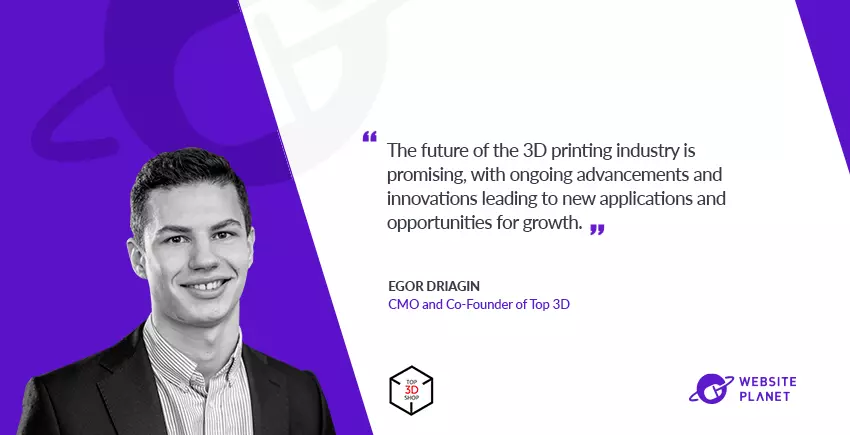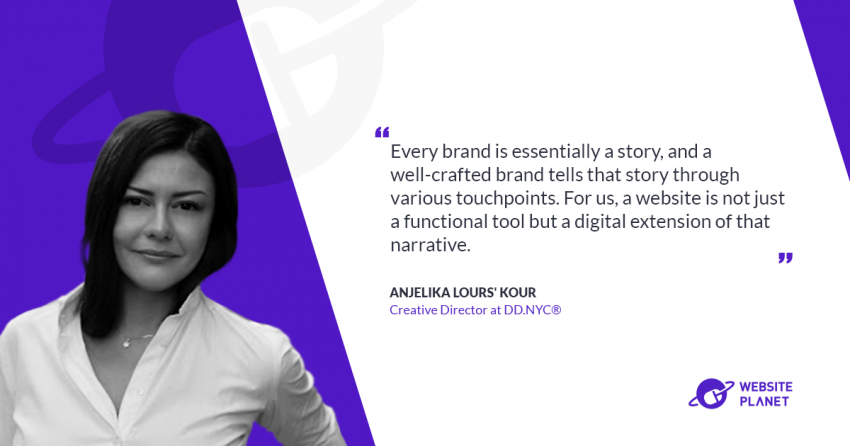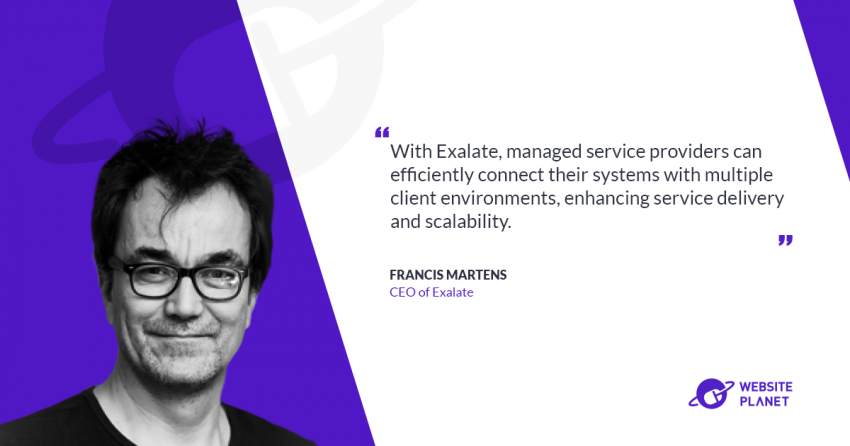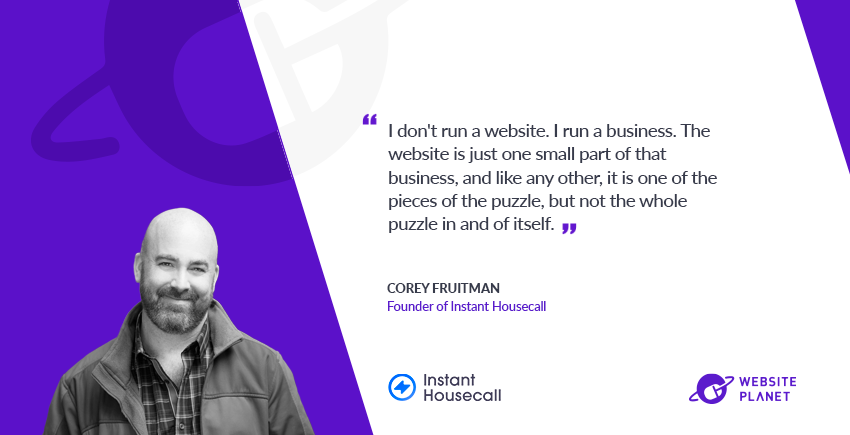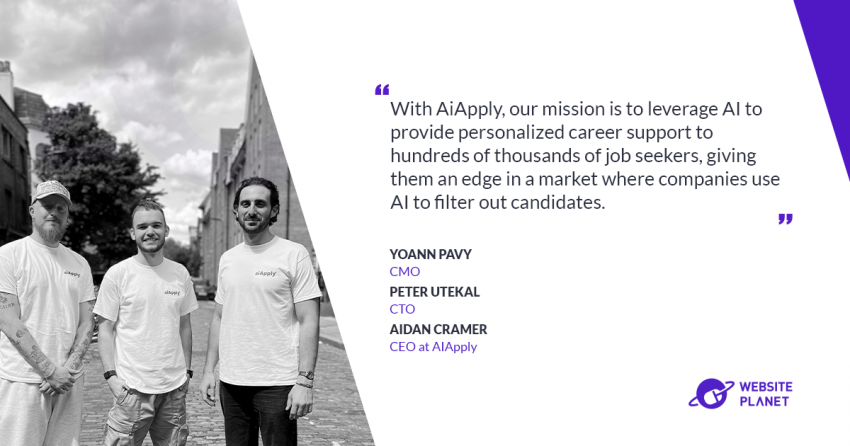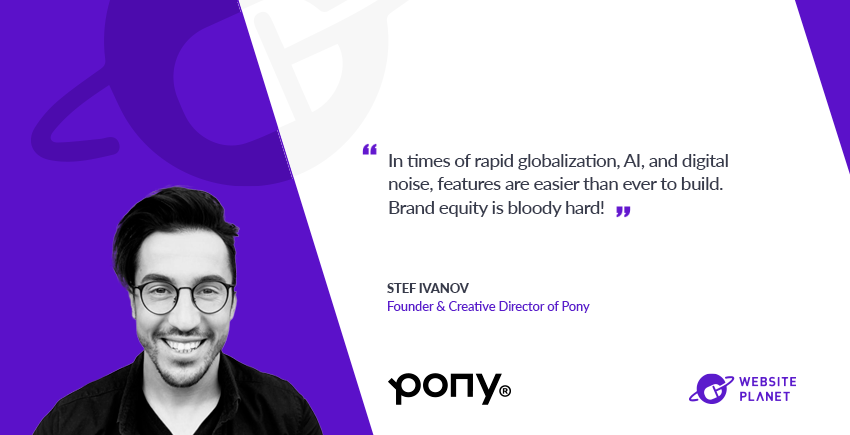Founded in 2013,
Top 3D Shop Inc. has helped over 10,000 businesses integrating digital manufacturing, and was named most successful digital manufacturing integrator at the 2018 3D Print Awards.
Website Planet had the chance to sit down and chat with Egor Driagin, the CMO and Co-Founder of Top 3D Shop Inc. Having worked in the industry since 2013, Egor is one of the most knowledgeable people on marketing and business development in the additive manufacturing industry.
We discussed how they started, the challenges they faced, and got some expert tips for all people looking to start an online printing business right now.
Please present Top 3D Shop Inc to our audience. What services do you offer?
Top 3D Shop Inc. is a CA-based digital manufacturing value-added reseller and turnkey solutions provider. Top 3D Shop supplies professional additive manufacturing equipment, subtractive manufacturing equipment, 3D scanning systems, robotic equipment, parts and supplies. From 2013, the team behind Top 3D Shop has fulfilled projects for thousands of customers, from small businesses to industry players, brands, and companies, including NASA, U.S. Army, U.S. Navy, Qualcomm, Nissan, Toyota, ELMS, University of Michigan, Troy University, University of Illinois, Texas A&M University, Missouri State University, The University of California and St. Louis County Police Department.
Top 3D Shop offers the following services:
- Technological audit of the enterprise and evaluation of the effectiveness and potential impact of the introduction of such technologies as additive manufacturing, subtractive manufacturing, 3D scanning, robotic automation into the current product design and manufacturing workflows.
- Feasibility studies of additive manufacturing technology implementation.
- Manufacturing process optimization to improve and standardize product quality, improve unit economics, reduce reject rate, increase the speed of launching new products, improve safety and scale up production.
- Selection of the most appropriate technology, equipment and consumables, their supply, assembly, installation and calibration.
- Training of personnel in order to improve and maintain competencies required to implement new production workflows.
- Servicing and maintenance of the supplied equipment.
What’s Your Story? What sparked the idea, and what are your best achievements so far?
It all started in 2009. The patent on FDM expired. And the prices for FDM 3D printers dropped from over $10,000 to less than $1,000. This set the stage for the foundation of Top 3D Shop. From the beginning, in 2013, we saw huge potential in democratizing this technology for smart entrepreneurs and innovators.
Having bought one of the first Replicator 2 3D printers from Makerbot, we tested the technology and, inspired by what it could do to the world of prototyping and small-volume manufacturing, listed this machine on the local eBay. The phone couldn’t stop ringing. 3D printing was the next big thing.
Surprised by the imbalance of demand and supply, the first batch of 20 units was purchased from Makerbot, and gradually Top 3D Shop started to touch more and more local and global businesses, shifting its focus from FDM to Resin 3D printing, then to SLS and Metal (SLM) 3D printing, 3D scanning and robotic automation.
Having worked at a renowned digital marketing agency in the UK, personally I have overseen Top 3D Shop’s global expansion. We started off from California in 2019 targeting the US as the largest additive manufacturing market in the world. By FY22, the CA branch reached an annual revenue of $2.3 mln.
What are the common errors that new 3D printing businesses make?
Starting a new 3D printing business can be an exciting venture, but it’s not without its challenges. Here are some common errors that new 3D printing businesses make:
- Underestimating the costs: Many self-starters don’t account for such costs as depreciation, cost of electricity, taxes, maintenance costs, resulting in low margins. I recommend self-starters to search for Diogo Quental’s presentation called “Costing model for FDM 3D printed parts”, where he shows how to account for all costs in your 3D printing business, using MIT’s cost evaluation model.
- Underestimating project completion time: 3D printing failures can happen for various reasons, including design flaws, incorrect slicer settings, poor maintenance and operator error. It’s often useful to give yourself a cushion to retry the print at least a couple of times, in case it fails. Some prints may take 4-7 days to complete, and even one point of failure may mean you have to restart from scratch.
- Poor product quality / expectation management: Producing high-quality 3D prints requires not only skill and experience, but also clear communication regarding the limitations of the 3D printing technology being used. Some clients may expect parts that are as smooth as an injection-molded part, but the same results cannot be produced with FDM 3D printing. These limitations should be communicated in advance and alternative technologies (for example, resin 3D printing or HP’s Multi Jet Fusion) be proposed.
- Lack of specializations: A successful 3D printing business requires a solid understanding of the market and customer needs. It’s best to laser focus on a particular niche (for example, car remodeling or production of electric covers) and become an expert in that niche. For example, our client Damian Knight from KnightDriveTV specializes in the production of automotive parts and demand for his services is so high, he produces 6K+ parts / month.
- Insufficient marketing: Even with high-quality equipment, new businesses can struggle to attract customers without effective marketing. Even if you joined a marketplace such as Etsy, you would need to conduct keyword research, optimize your listing for these keywords, and experiment with its advertisement opportunities – both internal and off-site.
- Inadequate customer service: Poor communication, missed deadlines, and low-quality products can all damage the customer experience and harm the business. Sometimes a third party might be the cause of the failure, for example, FedEx lost the client’s package, but even for a lost package, there is expectation that the supplier will produce a replacement and supply a substitute part.
- Not keeping up with technology advancements: The 3D printing industry is constantly evolving, with new technologies and techniques emerging regularly. For example, pellet extruders allow outputting 2.5kg of material per hour, which can be up to 10-12 times faster than with a standard filament extruder, but are still deployed by few.
So what are your best tips to start a successful business in 3D printing?
Starting a successful business in 3D printing requires a combination of technical knowledge, business acumen, and entrepreneurial skills. Here are some tips to get you started:
- Identify a niche: There are many applications for 3D printing, so as I mentioned earlier, it’s important to identify a specific area where you can excel. You could focus on creating custom wargame designs, manufacturing electric cases or building full-sized bumper prototypes for car restorations.
- Develop your skills: To succeed in 3D printing, you need to have a strong understanding of design software and printing techniques. I recommend visiting the little-known community / service called The Institute of 3D Printing. They provide comprehensive training courses on how to troubleshoot most 3D printing issues, and most importantly, provide hands-on advice as part of their community forums.
- Create a business plan: Develop a solid business plan that outlines your goals, strategies, target market, pricing, and financial projections. This will help you stay focused and on track as you start and scale your business.
- Invest in equipment: Choose reliable and high-quality 3D printers that can produce high-resolution prints. Consider the size of the prints you want to produce and whether you need multiple printers to meet demand. In the US, companies such as QuickSpark and EnvisionCapital offer financing to small- and medium-sized businesses, so they can generate positive cash flow from their business without putting all the money upfront.
- Build a portfolio: Create a portfolio of your 3D printed work to showcase your capabilities and expertise. This will be important when pitching your services to potential clients.
- Market your business: Use social media, online advertising, and networking events to get the word out about your business. Attend trade shows and events where you can demonstrate your products and services to potential customers.
- Provide excellent customer service: Provide exceptional service to your customers to build a loyal customer base. Respond promptly to inquiries, deliver products on time, and provide after-sales support.
Starting a successful 3D printing business takes time, effort, and dedication. By following these tips, you can build a strong foundation for your business and increase your chances of success.
What are in your opinion the most underrated ideas for a 3D-printed product?
I believe we’re underestimating the role the 3D printing market will play in production of the end-use parts in such industries as aerospace (for example, fuel nozzles and turbine blades), automotive (engine components, exhaust manifolds, and suspension components, that are lightweight and have high strength-to-weight ratios), medical (for example, custom implants) and many others.
Research by ARK Invest suggests the 3D printing industry can grow from $12 billion to roughly $120 billion by 2025. The aforementioned growth will be driven by the shift in the use of 3D printing, where 3D printing serves the role of a prototyping tool (current penetration: 40-50%) to the use of printed parts for molds and tools (current penetration: 4%) and the end-use parts (current penetration: 1%).
How much does it cost to start a 3D printing business in 2023 on average?
The cost of starting a 3D printing business in 2023 can vary widely depending on various factors such as the size of the business, the target market, the type and quality of the 3D printers and equipment, and the materials used.
Here is a rough estimate of the costs involved in starting a 3D printing business in 2023:
- 3D printers: The cost of 3D printers can vary depending on the type, size, and quality of the printer. Entry-level 3D printers can range from $200 to $1,500, while high-end professional printers can cost up to $100,000 or more.
- Materials: The cost of materials used for 3D printing, such as filaments or resin, can vary depending on the quality and type of material used. A spool of filament can cost anywhere from $20 to $100 or more, depending on the material.
- Software: Design software is an essential tool for 3D printing businesses. The cost of software can vary depending on the type and level of the software, but it can range from free to thousands of dollars.
- Infrastructure: Setting up a suitable workspace, including electricity, internet connectivity, and adequate ventilation, can add to the initial costs of starting a 3D printing business.
- Marketing: The cost of marketing your business, including website development, branding, and advertising, can also add up.
Overall, the cost of starting a 3D printing business can range from several thousand to several hundred thousand dollars, depending on the scope and scale of the business. The lowest entry point I’ve seen is a $200 3D printer, a good design idea (for example, a little gun shooting Tic Tac into your mouth), and a $1,000 investment into ads and reviews to boost your organic rankings on Etsy.
What are your predictions for the future of the 3D printing industry?
The 3D printing industry has grown rapidly in recent years, and it is expected to continue to expand in the coming years. By 2025, I am expecting to see the following trends:
- Increased adoption of 3D printing in mass production: 3D printing will be increasingly used in the production of end-use parts and components for a range of industries, including aerospace, automotive, and healthcare.
- Development of new 3D printing materials: There will be a continued push for the development of new materials that can be used in 3D printing, including advanced metals, composites, and biodegradable plastics.
- Advancements in 3D printing software and hardware: There will be continued advancements in 3D printing software and hardware, with improved speed, precision, and automation capabilities.
- Increasing use of 3D printing in construction: 3D printing is predicted to be increasingly used in construction, with the potential to revolutionize the industry by allowing for faster, more efficient, and more sustainable building processes.
- Greater use of 3D printing in education and research: 3D printing will continue to be used in education and research, allowing for hands-on learning experiences and the creation of complex, custom-designed parts and tools.
Overall, the future of the 3D printing industry is promising, with ongoing advancements and innovations leading to new applications and opportunities for growth.
Do you think that it will eventually replace manufacturing entirely?
It is unlikely that 3D printing will completely replace traditional manufacturing processes. While 3D printing offers several advantages over traditional manufacturing, it also has some limitations.
Traditional manufacturing processes such as injection molding and CNC machining are better suited for mass production of parts with high accuracy and consistency. 3D printing, on the other hand, is better suited for producing low-volume and complex parts with customized designs.
Additionally, traditional manufacturing methods are often faster and more cost-effective for large production runs, while 3D printing can be slower and more expensive for high-volume production.
That being said, 3D printing is a valuable addition to the manufacturing industry, and it is expected to continue to grow in importance. 3D printing can be used for rapid prototyping, on-demand manufacturing, and customized production, which can offer several benefits over traditional manufacturing methods.
Ultimately, the choice between 3D printing and traditional manufacturing methods will depend on the specific requirements of the project and the desired outcome. While 3D printing is unlikely to replace traditional manufacturing entirely, it is likely to become a more important and widely used manufacturing technique in the future.
What are your plans for the company for the near future?
Top 3D Shop is focused on expanding the business in our core markets, namely automotive, aerospace, education and R&D, consumer products and industrial manufacturing. To achieve that, we are not only investing in marketing and sales, but also expanding our network of partner technical support centres across the US.
Additionally, we are expanding our reach beyond the English-speaking American market by localizing our marketing to such regions as Latin America and Western Europe. These regions represent significant untapped opportunities for growth.
